Remember when planning a trip meant stacks of guidebooks, paper maps that never folded back correctly, and calling actual travel agents? The digital revolution has transformed how we experience travel in ways that would seem like magic to travelers of the past. The convenience we enjoy today came after decades of technological advancement that changed how we book and experience trips.
Here is a list of 20 ways travel has transformed from the pre-internet era to today’s connected world.
Physical Maps vs. GPS
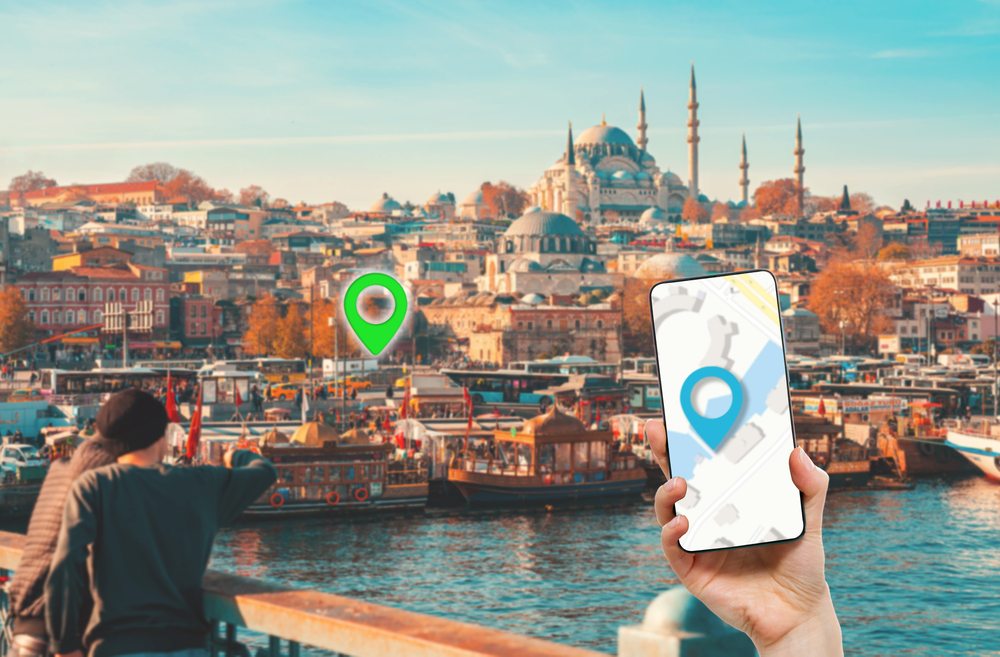
Before smartphones, travelers relied on folded paper maps that required actual navigation skills and spatial awareness. People would pull over on roadsides, unfold enormous maps across steering wheels, and squint at tiny road names while determining which highway exit to take.
Today, turn-by-turn GPS directions guide us with precise timing, rerouting instantly when we make a wrong turn and even warning us about traffic jams ahead.
Travel Agents vs. Booking Sites
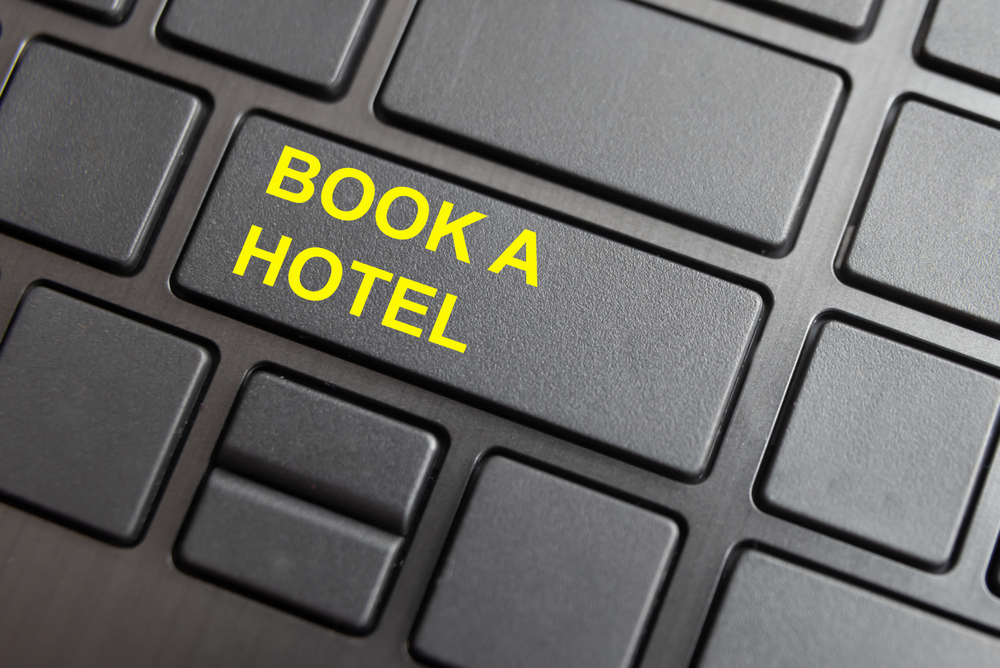
Travel agencies were once the gatekeepers of vacation planning, with specialized knowledge and access to reservation systems ordinary people couldn’t use. Travelers would visit physical offices, sit across from an agent, and trust their recommendations without easily verifying other options.
Now, comparison websites scan hundreds of options in seconds, providing transparent pricing and reviews that allow anyone to become their travel expert from the comfort of their couch.
Like Travel Pug’s content? Follow us on MSN.
Guidebooks vs. Travel Apps
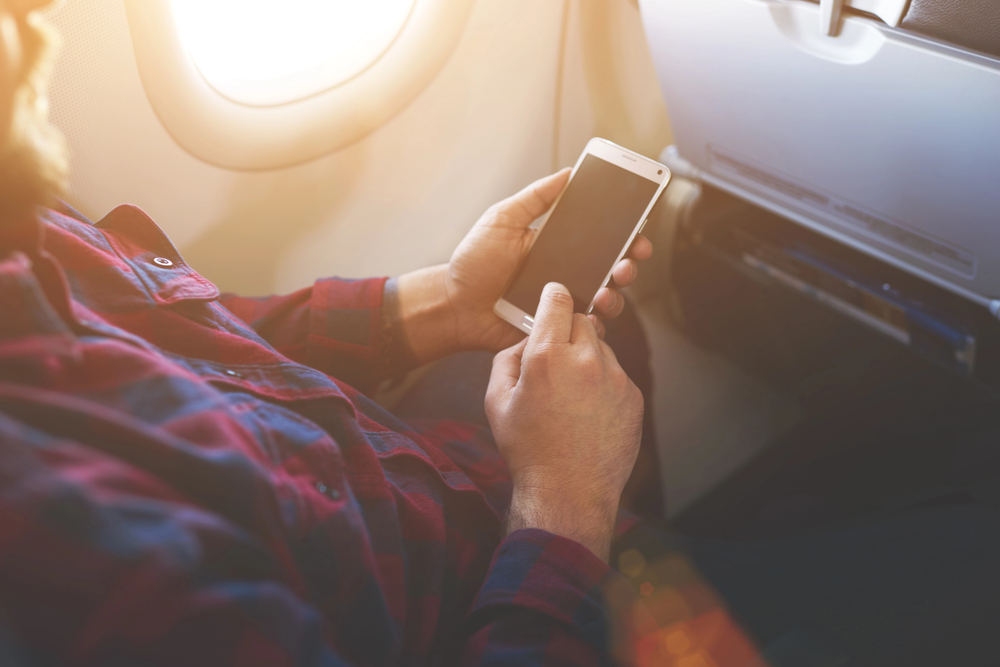
Bulk guidebooks used to take up valuable luggage room, providing static data that was months or even years old. Travelers used to dog-ear pages, highlight passages, and lug these fat books everywhere.
Today’s Travel apps give up-to-date information on attractions, display recent pictures from fellow travelers, and make recommendations depending on weather, closures, or local events during your stay.
Traveler’s Checks vs. Digital Banking
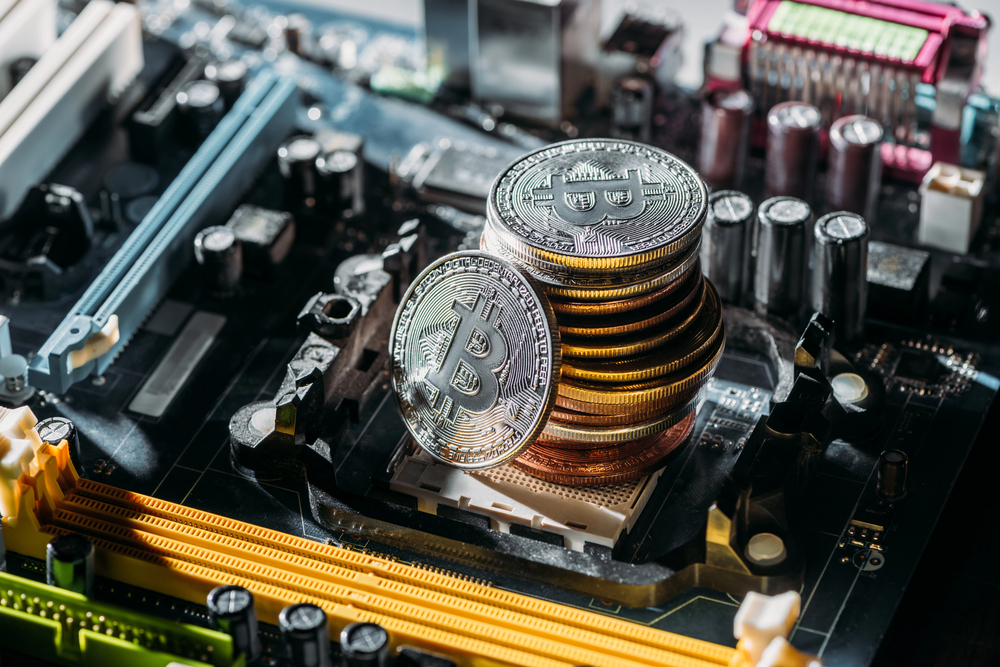
Protecting your money once meant purchasing traveler’s checks before departure and finding authorized locations to cash them abroad. People carried these special checks alongside emergency cash, often hidden in money belts worn under clothing.
Today’s travelers use bank apps to monitor accounts, receive fraud alerts, and make contactless payments. At the same time, international ATM networks provide local currency on demand without carrying large sums.
Photo Film Limitations vs. Unlimited Digital Photography

Travel photography once required rationing a limited number of film exposures and waiting until returning home to discover if any pictures turned out well. Travelers carried extra film rolls, protected them from extreme temperatures, and had no immediate way to share their experiences.
Digital photography allows unlimited shots, instant review and deletion, real-time editing, and immediate sharing with friends and family through social media and messaging apps.
Like Travel Pug’s content? Follow us on MSN.
Postcards vs. Social Media Updates

Sending postcards was the primary way to share travel experiences with people back home. This involved finding a shop, selecting cards, writing messages, buying stamps, and locating mailboxes.
Recipients would receive these mementos days or weeks after the experience. Social media enables instant sharing of photos, videos, and stories while experiences happen, allowing friends and family to tag along virtually throughout the journey.
Phrase Books vs. Translation Apps
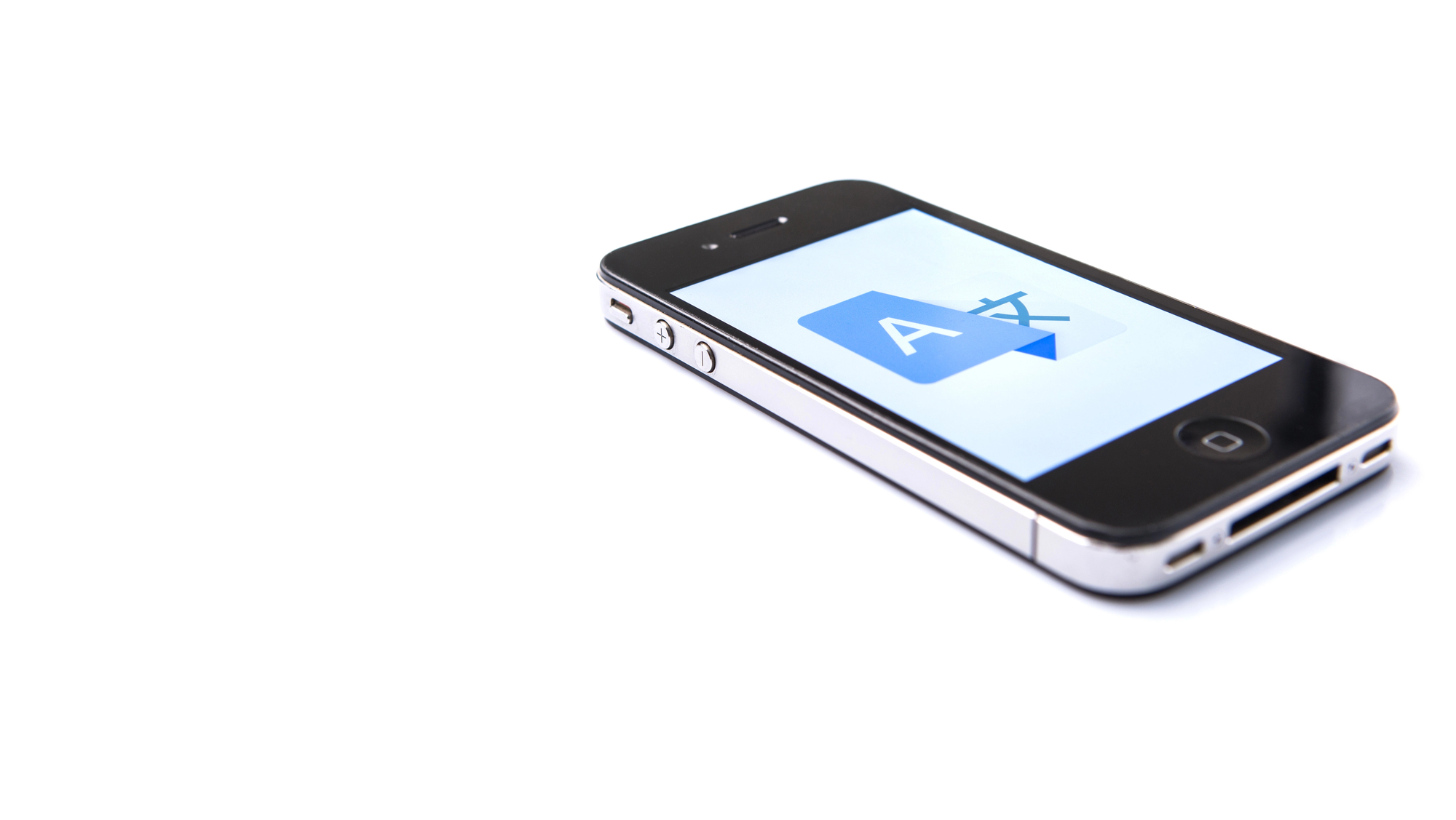
Communication barriers were tackled with pocket phrasebooks featuring phonetic spellings of essential questions and expressions. Travelers practiced pronunciation beforehand and pointed to phrases when verbal attempts failed.
Translation apps now provide instant text and voice translations for dozens of languages, with some even offering camera features that translate signs and menus in real-time just by pointing your phone at them.
Payphones vs. Mobile Connectivity
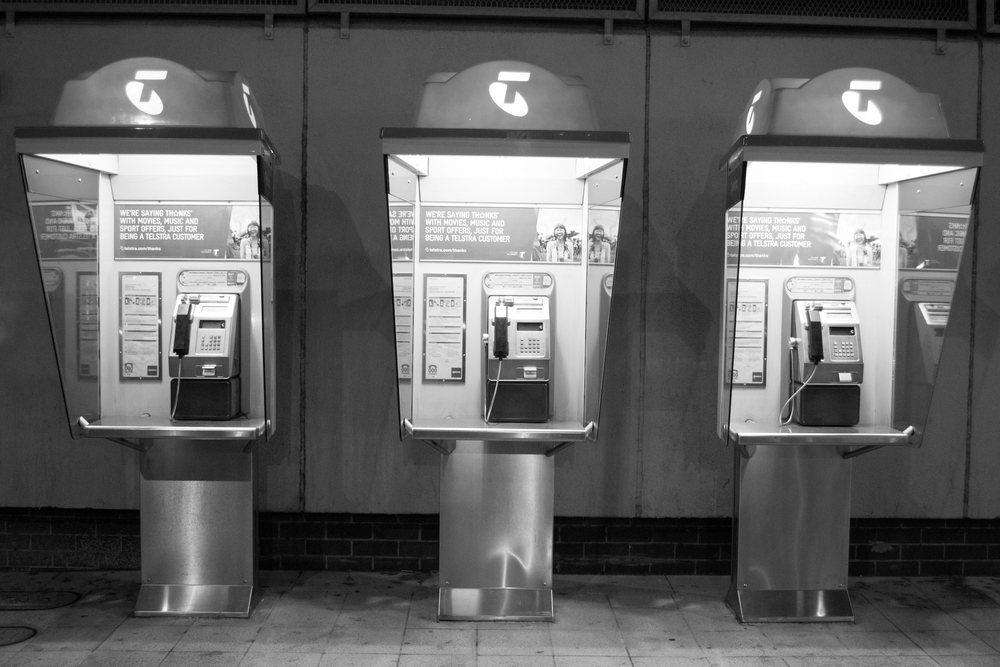
Staying in touch while traveling meant hunting for payphones, carrying calling cards or the correct change, and making expensive international calls from hotel rooms. Due to the expense and inconvenience, families would schedule specific call times.
Mobile phones now provide continuous connectivity through affordable international plans or local SIM cards, while free WiFi calling apps enable communication without any extra charges, regardless of distance.
Like Travel Pug’s content? Follow us on MSN.
Hotel Uncertainty vs. Virtual Tours

Booking accommodations meant trusting tiny photos in brochures or guidebook descriptions without knowing what awaited upon arrival. Travelers often faced disappointment when reality didn’t match expectations or advertised amenities weren’t available.
Today’s detailed virtual tours, 360-degree room views, and verified guest photos provide accurate previews of accommodations, allowing travelers to explore properties thoroughly before making commitments.
Fixed Itineraries vs. Flexible Planning

Travel plans were once largely fixed before departure, and travelers had limited ability to make changes once the journey began. They followed predetermined schedules with little room for spontaneity or adaptation.
Modern travelers enjoy unprecedented flexibility with last-minute booking apps, cancellation policies that accommodate changes, and real-time information about local events that might inspire itinerary adjustments based on weather, crowds, or discoveries.
Word-of-Mouth vs. Review Platforms
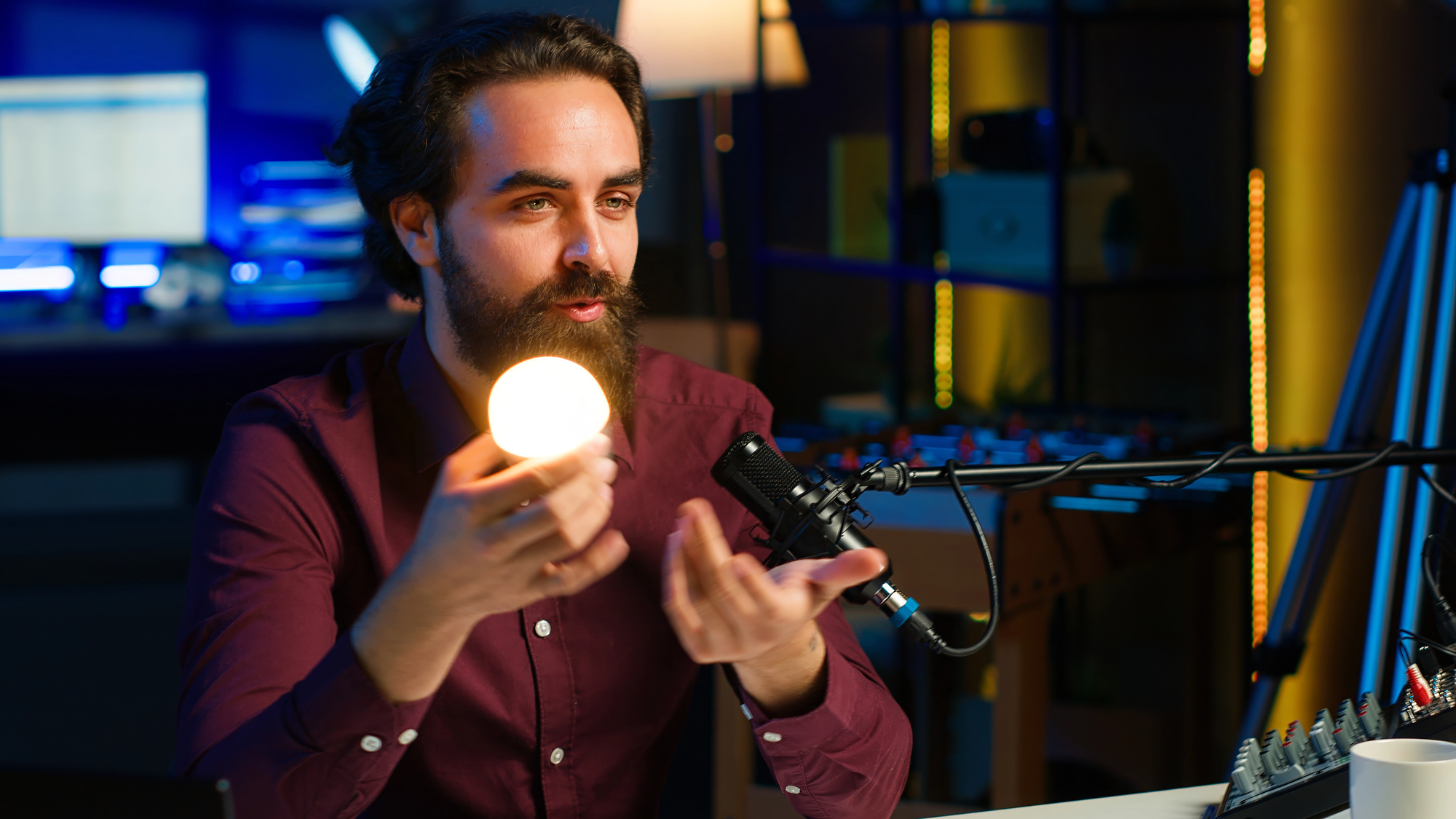
Finding authentic local experiences once depended on recommendations from guidebooks, hotel concierges, or chance conversations with other travelers. These limited sources made discovering hidden gems difficult without local connections.
Review platforms now aggregate experiences from thousands of previous visitors, highlighting lesser-known attractions and restaurants that match specific interests. Recent reviews provide current information about quality and value.
Like Travel Pug’s content? Follow us on MSN.
Paper Tickets vs. Digital Boarding Passes
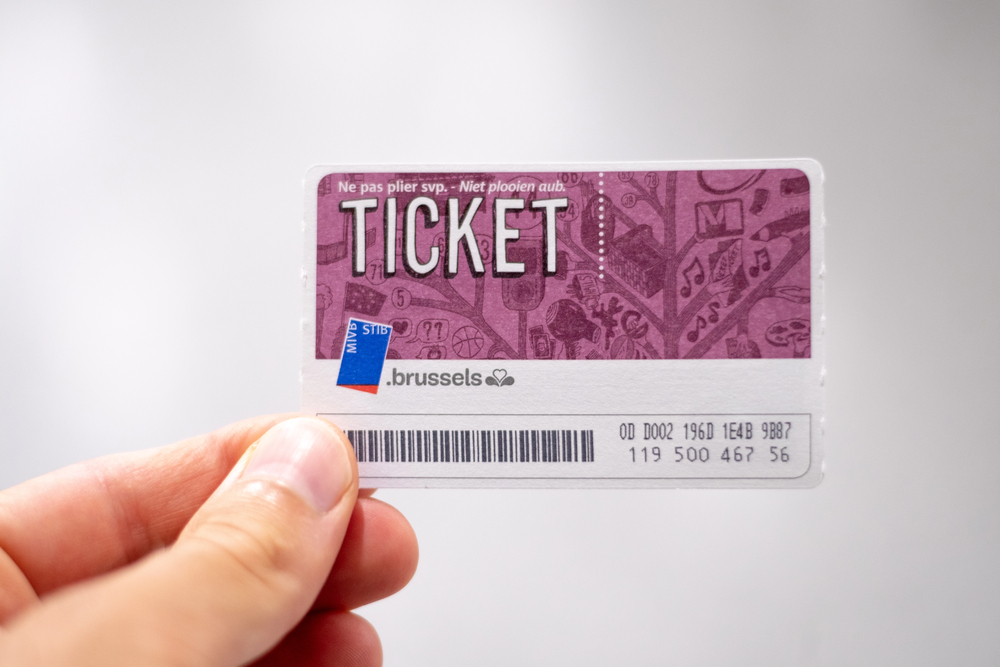
Travel documents once consisted of paper airline tickets, hotel vouchers, and reservation confirmations that needed careful organization and protection. Losing these papers could cause significant problems and delays during the journey.
Digital wallets now store all boarding passes, hotel reservations, and activity tickets in one place, with automatic updates if flight times change and no risk of damaging or misplacing essential documents.
Currency Conversion Books vs. Real-Time Exchange Apps

Managing foreign currency meant carrying pocket conversion books and calculating exchange rates with mental math or pocket calculators. Travelers often overpay or feel uncertain about getting fair deals in unfamiliar monetary systems.
Currency apps now provide up-to-the-minute exchange rates, calculate conversions instantly, and even track spending across multiple currencies to help maintain budgets throughout trips.
Limited Entertainment vs. Streaming Services

Long journeys once required carrying books, magazines, portable games, or personal music players for entertainment. Options were limited by what you could physically pack and battery life concerns.
Today, travelers can access entire libraries of movies, TV shows, books, games, and music through streaming services on a single device. Moreover, downloaded content is available even without an internet connection during flights or in remote locations.
Like Travel Pug’s content? Follow us on MSN.
Weather Uncertainty vs. Accurate Forecasts
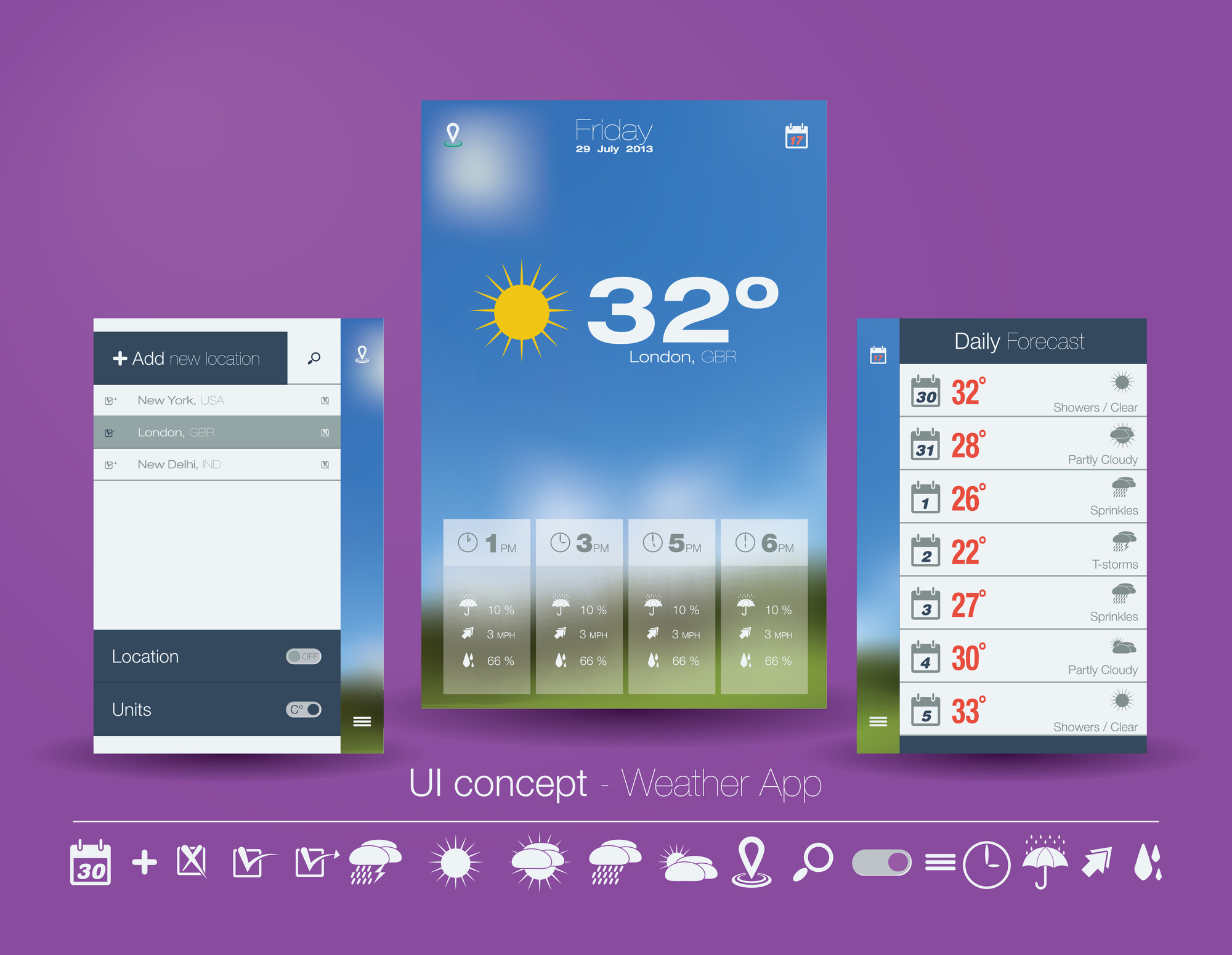
Planning for weather conditions meant packing for various possibilities and learning about general seasonal patterns for destinations. Travelers often packed unused items or found themselves underprepared for unexpected conditions.
Modern forecast apps provide accurate hourly predictions, radar imagery showing approaching storms, and alerts about severe weather, allowing for appropriate packing and activity planning.
Physical Business Research vs. Online Verification

Verifying business hours or checking if attractions were open required physical visits or phone calls that might be difficult across language barriers. Arriving at closed destinations was a common and frustrating travel experience.
Today’s connected world provides live opening hours, temporary closure notices, and even current wait times at popular attractions, allowing travelers to optimize their schedules and avoid wasted trips.
Analog Souvenirs vs. Digital Experiences

Collecting souvenirs once focused entirely on physical objects that required luggage space and could break during transit. Travelers filled suitcases with trinkets, artwork, and local crafts as tangible memories.
While physical souvenirs remain popular, many travelers now also collect digital memories through professional experience photography, location-based digital art, and immersive virtual reality experiences at major attractions that can be revisited after returning home.
Like Travel Pug’s content? Follow us on MSN.
Cash-Based Economies vs. Cashless Travel

Traveling with enough cash for an entire trip created security concerns and required careful budgeting without easy access to additional funds. Visitors to cash-based economies often carried money belts and hidden wallets.
Increasingly cashless travel options now include contactless payments, mobile wallets, and specialized travel cards that work across multiple countries, reducing the need to carry significant amounts of physical currency.
Disconnection vs. Remote Work Capabilities
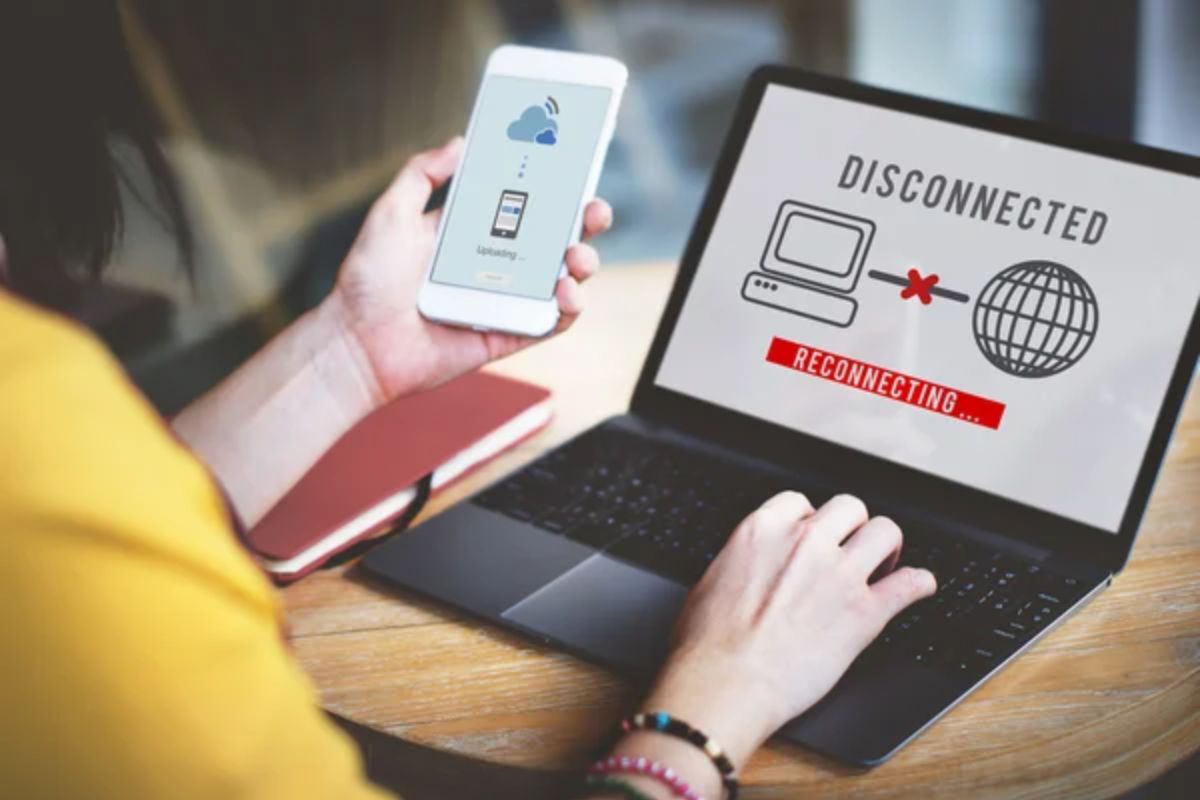
Travel once meant complete disconnection from work and regular life, requiring extensive preparation before departure and catching up afterward. Extended travel was difficult for many professionals to accommodate.
Digital nomad infrastructure now supports working from anywhere, with dedicated co-working spaces, accommodation designed for remote work, and technology that allows many professionals to combine travel with productivity.
Recommendation Limitations vs. Personalized Algorithms

Finding experiences that match personal interests once required extensive research and luck. Generic guidebook recommendations often led travelers to the same overcrowded tourist spots regardless of individual preferences.
AI-powered recommendation engines now analyze personal preferences, past travel patterns, and even social media interests to suggest highly relevant activities, restaurants, and attractions that align with individual tastes rather than generic tourist trails.
Like Travel Pug’s content? Follow us on MSN.
Travel Evolution Continues

The shift from analog to digital travel is one of the most profound changes in human world exploration. While technology has eliminated much of the difficulty and uncertainty that once characterized the travel experience, it has also created possibilities that earlier generations could not have imagined.
As technologies like virtual reality, artificial intelligence, and green technology continue to develop, the line between physical and virtual travel experiences will further disintegrate. These technologies will offer innovative means of engaging with places at home and around the world.
More from Travel Pug

- 20 Destinations That Were Once Thriving but Are Now Quietly Disappearing
- 13 Destinations Where Tourists Regularly Regret Their Trip
- 20 Once-Popular Beach Towns That Are Now Ghostly Empty
- 10 Under-the-Radar Mountain Towns That Are Both Affordable and Beautiful
- Take a ‘Learning Vacation’ in These 20 Extraordinary Places
Like Travel Pug’s content? Follow us on MSN.
